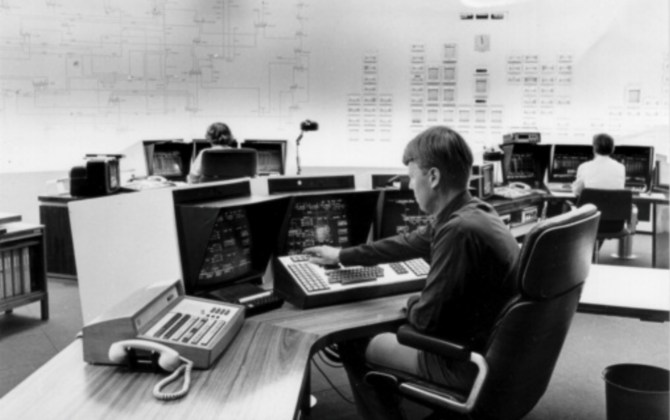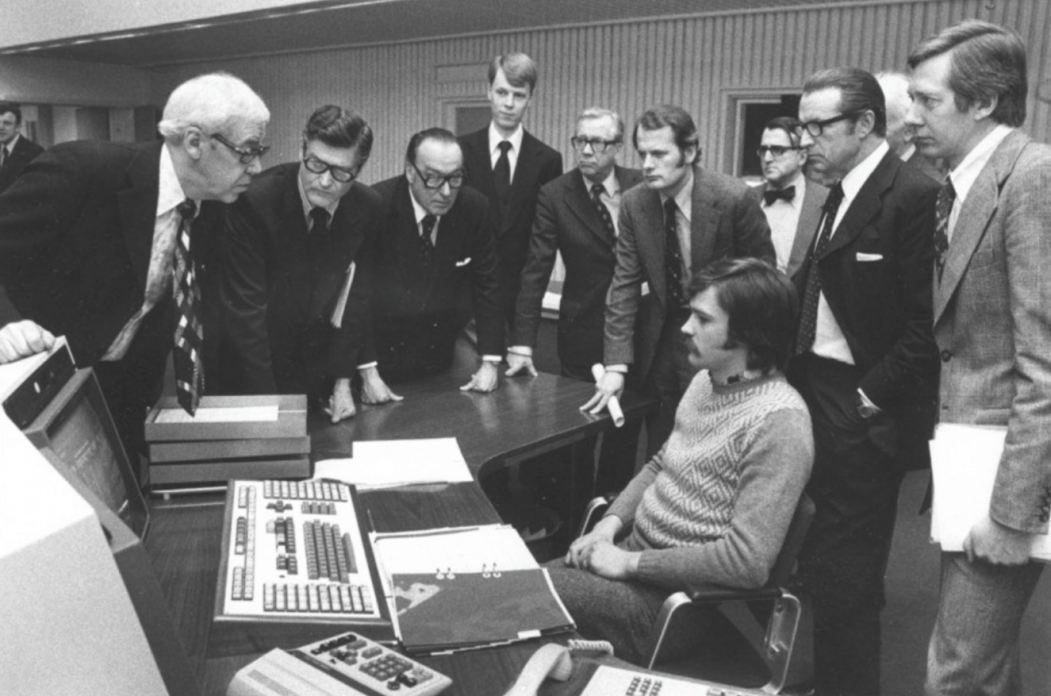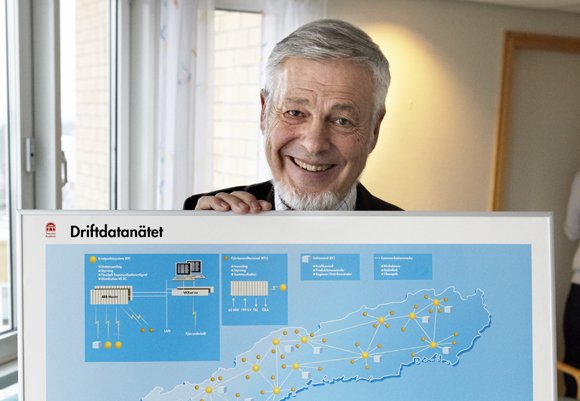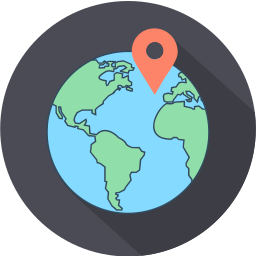
Swedish invention added to Arpanet
When the Swedish electric grid goes digital, it is inspired by the Arpanet. But technical problems soon lead to an innovation which becomes a piece of Swedish internet history - and reaches the world.
November 9, 1965 is an unusually cold day in the American northeast. So when people turn their electric heaters and gadgets on at the same time that morning, the electric grid gives out. 25 million people are without power for a full day.
This event reverberates all the way to Sweden, reaching the attention of Lars Gustafsson, engineer and head of operations at the Swedish electric company Vattenfall. He is in charge of Sweden's power grid, which is also connected to the Finnish, Norwegian, and Danish grids. To reduce the risk of similar interruptions he decides to create a computerized monitoring system. Up until then, all communications were handled over the phone.
TIDAS – Totally Integrated Data System
The job goes to Asea. The system is called TIDAS - Totally Integrated DAta System - and needs to cover the entire nation. So what does this have to do with the internet? A lot, as it turns out.
Asea's Torsten Cegrell is inspired by the packet transmissions in the American Arpanet, which he thinks will be useful in TIDAS. But the Swedes soon discover that TIDAS is made up of a lot more computers and the routing mechanism (which is meant to make sure that the packets reach their destination in the most effective way) that Arpanet uses is not precise enough. The 27-year old Cegrell develops a solution in 1972.
– In retrospect the solution was simple. We ended up with erroneous information when the nodes tricked the system. What I did was, I made up a new term: split horizon. This solved the problem with ping-pong traffic and we could build a robust and stable routing mechanism, he tells us in an interview with Internetmuseum (in Swedish only).
– It worked! This was one of my great triumphs. But for the bosses it was just, "OK, it worked".
Arpanet adds Torsten Cegrell's Swedish solution
Asea applies for a patent, but it turns out to be too costly and too far away from the company's core business. Instead the result is published (see the report here), and Arpanet is informed. Leonard Kleinrock who is responsible for Arpanet, gets in touch.
– In a letter to me he confirms that they have added the solution. This means that Arpanet used the same technology that we did. And this put an end to the ping-pong traffic, says Torsten Cegrell. He adds:
– If we had not thought of this solution I'm sure that somebody else would have solved this problem. But we were the first ones.
The technology - now free to use - is incorporated into Arpanet, which later becomes the internet.
Torsten Cegrell himself calls TIDAS the world's first commercial computer communications system similar to the internet. It goes live in 1975, is still around today and is called "Driftdatanätet", owned by Svenska Kraftnät. It is still based on the same principles and software as when it was started.



